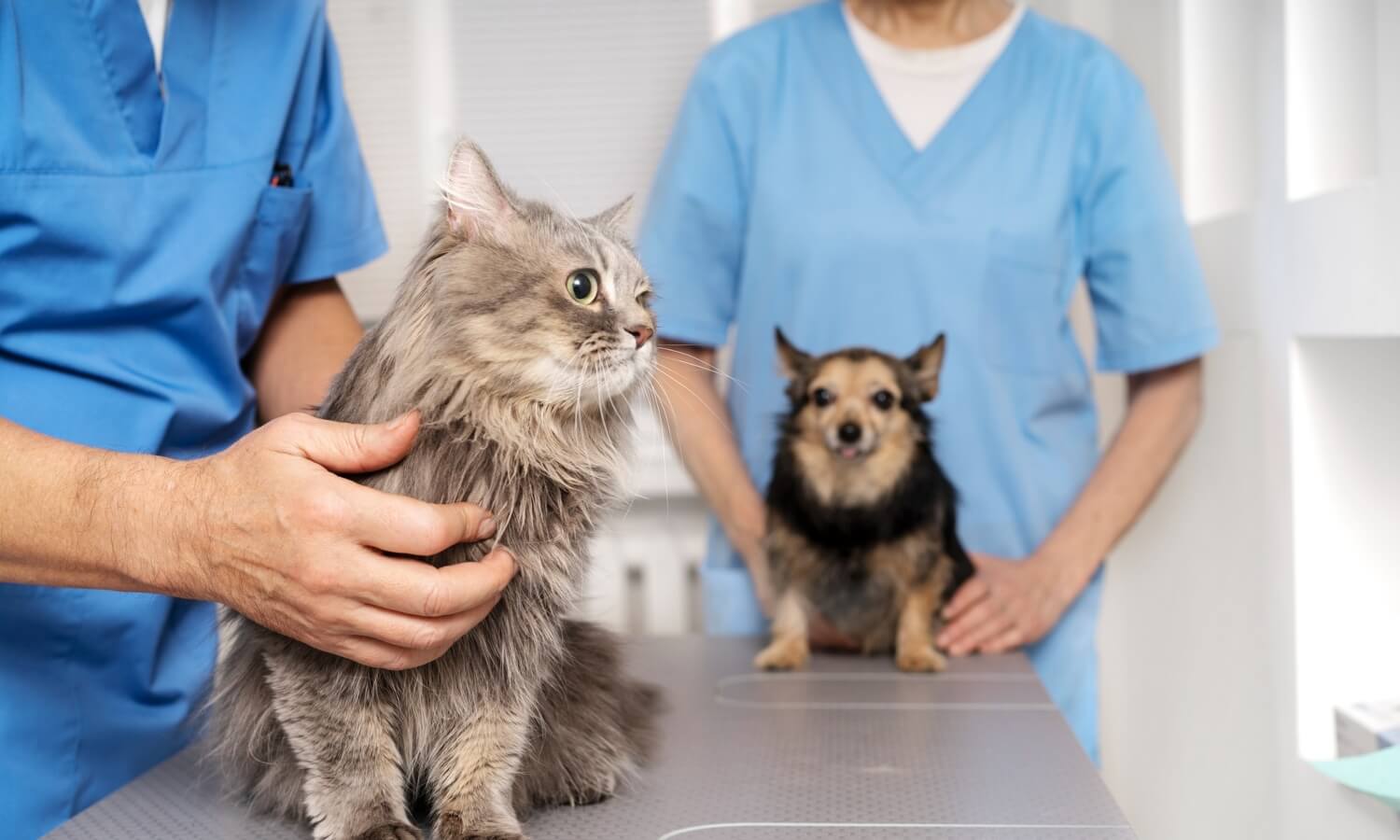The joys of these animal companions, however, don’t come cheap: pet care costs have increased 6% to 8% annually over the past few years. On average, dog owners spend between $965 and $4,020 per year on their pup, while cat owners have it a little easier, at between $930 and $2,400 per year, according to pet-sitting app Rover. Between vaccinations, spaying/neutering, routine check-ups, and illness or emergencies, the costs of vet visits can start to rival your mortgage payments.
While inflation has had an impact on pet-care costs—as it has on virtually everything else we pay for in life—it’s not the only factor at play. The landscape of veterinary care has changed in recent years, largely thanks to staff shortages, the involvement of big corporations—in recent years, many independent clinics have sold to private equity firms—and increasingly sophisticated equipment and treatments. Here’s why you’re paying through the nose to keep your beloved four-legged friend healthy—and how you can reduce those costs a little.
Why is veterinary care so expensive?
There’s a lot that goes into animal health care. If your pet has been injured or simply isn’t feeling well—they’re uncharacteristically lethargic, say, or not interested in food—a battery of tests may be required to pinpoint the issue and determine care. X-ray and ultrasound machines, lab equipment and other vet tools have become more advanced in recent years, and as clinics invest into them, they have to charge more to recoup those costs.
Treatments can be pricey as well. Thanks to our publicly funded health care system, Canadians aren’t used to being confronted with the costs of medical care, so a several-thousand-dollar bill for chemo or surgery for your golden retriever can be a shock. But treatments for animal illnesses are often the same or very similar to human ones, so the costs are similar, too. Supply chain disruptions, coupled with a limited number of drug distributors, have led to higher medication prices as well.
And, like everyone else in the country, vets have seen their expenses rise due to inflation. Rents are higher, as are interest rates on loans, property taxes, insurance, utilities and maintenance fees. Vet businesses are feeling the pinch just like the rest of us, and they need to cover their basic running costs.
Another issue is staff shortages. There were barely enough veterinarians and veterinary technicians to go around pre-2020. Then, during COVID-19 lockdowns, pet ownership shot up, leaving many clinics struggling to cope with patient demand. There’s hot competition for potential staff, and one way to lure new talent is by offering higher compensation—that cost often gets passed on to pet parents. Let’s not forget there are clinic support workers who keep everything going, such as receptionists and cleaners; they need fair compensation, too.
One of the biggest factors in the increase in vet bills is that many clinics have been bought up by large corporations over the past few years at surprisingly high prices—sometimes as much as 30 times the clinic’s annual sales. These corporations tend to be more driven by profit than independent clinics and often pressure vets to increase billing or rates so they can plump up their investment. As well, with the high interest rates of the past two years, their new acquisitions have been costing them more than they anticipated, adding even more impetus to raise fees.
Watch: Is pet insurance worth it?
How can you save money on vet care?
“An ounce of prevention,” well, you know the rest. It’s easy to just not worry about your pet’s health if they seem fine and happy, but being proactive now could save you a hefty bill down the road. Ensuring they eat healthy, get plenty of exercise and all the necessary shots and routine check-ups could help you prevent illness—or catch it at an early stage—and avoid potentially expensive treatments.
Be sure to shop around animal clinics before settling on where to take your pet. Rates can vary significantly, so it’s worth calling several spots to compare prices. Such differences aren’t necessarily random—the fees might include different things, such as bloodwork and pain medication, and some clinics have newer or better equipment or just pay higher rent. There are also lower-cost spay/neuter and vaccination facilities that offer a more basic (but still safe and adequate) service.




















Discussion about this post